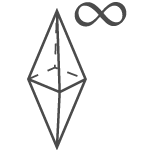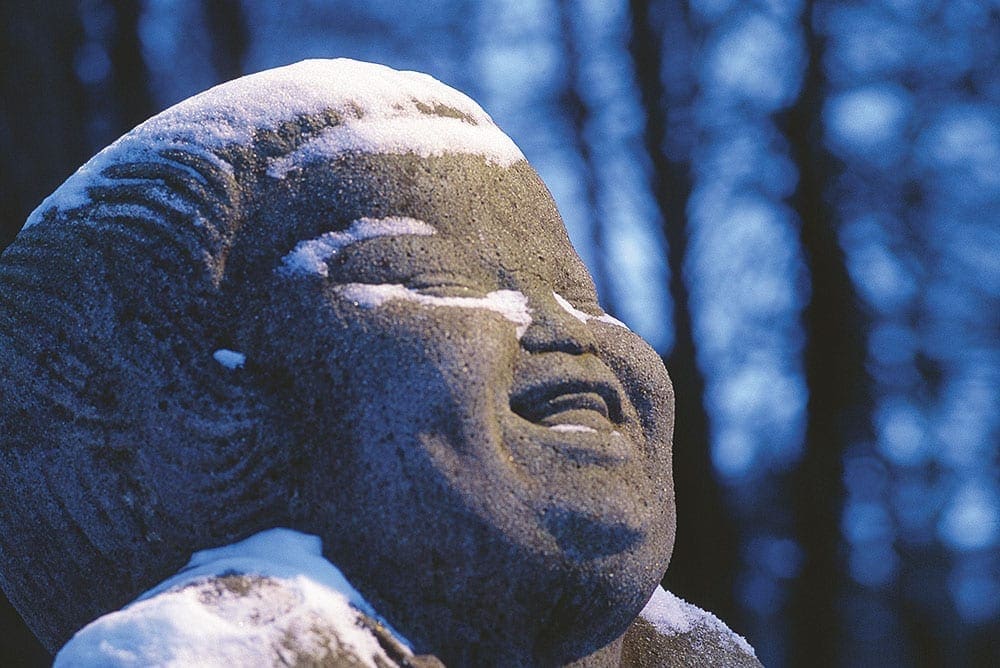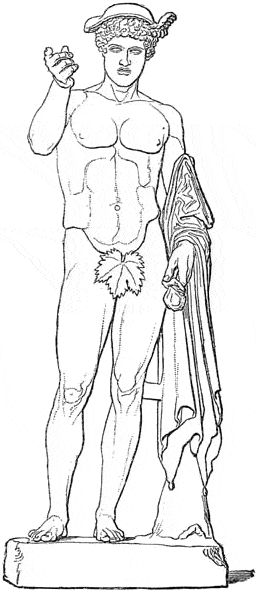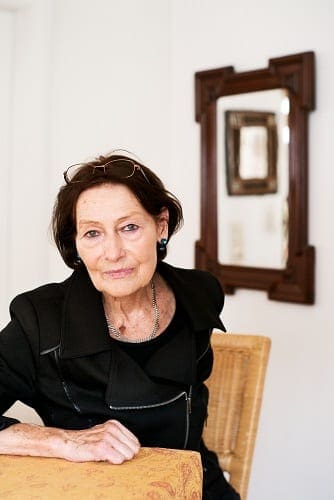Bublitz. Thesaurós. Uhlandstraße.
Program 2020
God laughs. The secret polytheism of our time.
Theme 2: prophecy
Dear interested in laughing gods,
Dear (future) participants of our Berlin Philoquium,
Following the exhibition of the Bublitz. Thesaurós. Uhlandstraße., GABRIEL – Marianische Antiphonen I, we want to hold the second of our discussions on the general topic “God laughs” after the corona break. The last one, under the title “genius”, had above all addressed Giorgio Agamben’s philosophy and the role of the artist as cultural heir to the priest in the disenchanted world. The second will now be under the keyword of the “prophetic”.
Apart from Jan Assmann from our circle, Michael Stahl and Cornelius Mayer Tasch have published on the prophetic. In my own book, Der Atemkreis der Dinge [The Breath of Things], the work of the artists in general is taken up as atmospheric work, which gradually replaces what European nihilism apparently sacrificed, creating a downright polytheistic heaven, to which God is neither dead nor returns, but rather was never completely gone but “laughs”.
What does today’s pantheon of the laughing god look like? Which “religion” do today’s “spiritual seekers”, artists and many philosophers belong to? What do human images and works of art look like that deal with the figures of the “pilgrim”, the “consecration”, the “breakthrough”, the “genius” etc.?
This time, due to existing hygiene requirements, the location of the event is not the gallery, but the Castle Steinhöfel, Schlossweg 4, 15518 Steinhöfel, (approx. 45 minutes from Berlin-Mitte via the motorway towards Frankfurt (Oder)).
Steinhöfel, as one of the main castles of Frederick the Great, is famous for its surrounding wonderful landscape garden. To taste the beauty of the place, we combine the philoquium with a walk and a coffee in these gardens. Finally, there will be dinner.
Arrival around 3 p.m., return at 7 p.m., or dinner in the castle. The first 10 people who inquire to stay for dinner are invited by us.
Admission is free, registration is requested: [email protected]
(The lectures will be given in German.)
Sincerely,
Reinhard Knodt & Julian M. H. Schindele
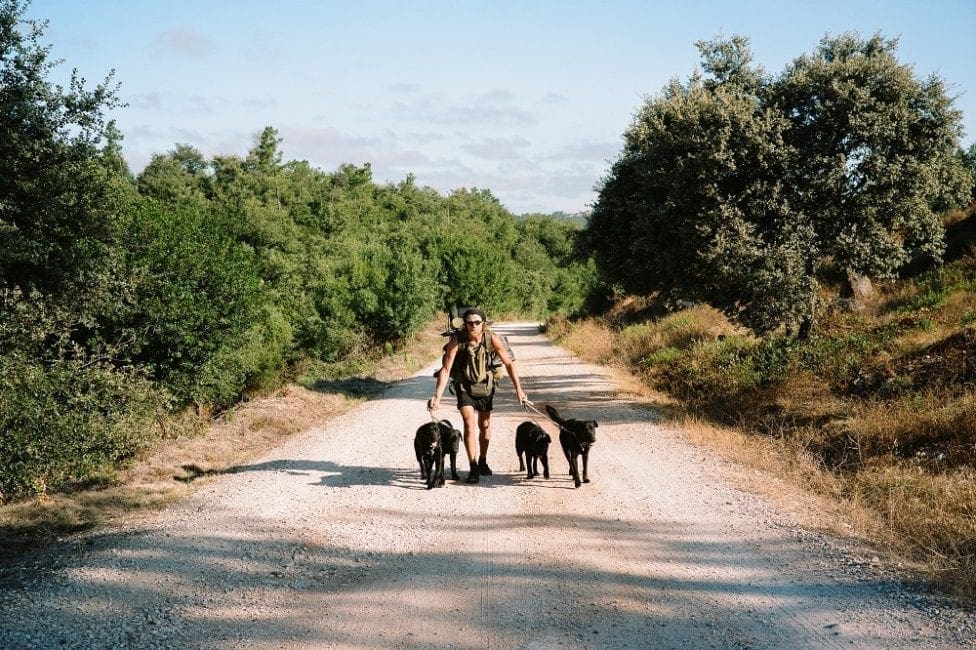
Edwin W. Moes / Gabriel has been on a pilgrimage since September 15, 2015. To date, he has walked about 15,000 km as a hiker. His first dog, Guin, accompanied him in 2017, followed by Chi, the dad. Her two sons Noah and Logan were born on the trip. Four black animals and a seeker. The pack, as he says.

The Cova da Iria in Fátima, Portugal. Fátima is, before Lourdes, the largest place of Marian pilgrimage in the world. In the summer of 1917, the Virgin Mary was said to have appeared three times to three shepherd children at this place, next to an ancient holm oak. The performance Marian Antiphons III took place in this Marian shrine on August 7, 2019. During this performance Gabriel was accompanied by the baby cat NEO, which he had saved from the garbage a few days earlier.
Brief information about the event
God laughs. The secret polytheism of our time.
Theme 2: Prophecy
Date: July 15, 2020, from 3 p.m.
Add event to calendar
Location: Castle Steinhöfel, Schlossweg 4, 15518 Steinhöfel

